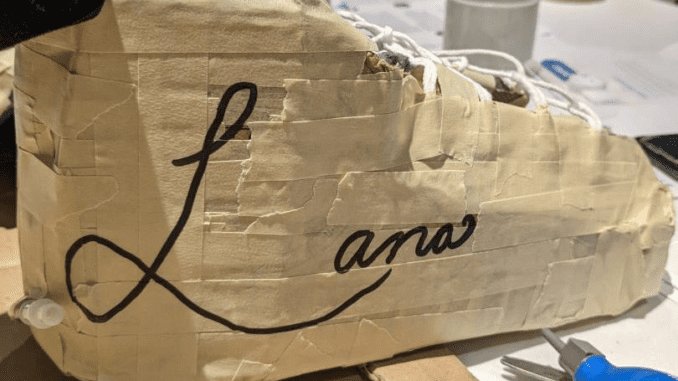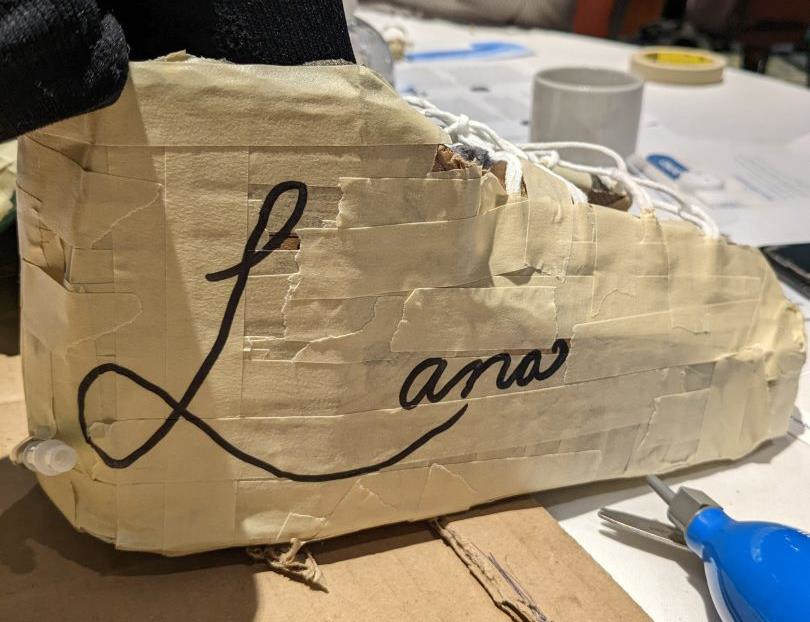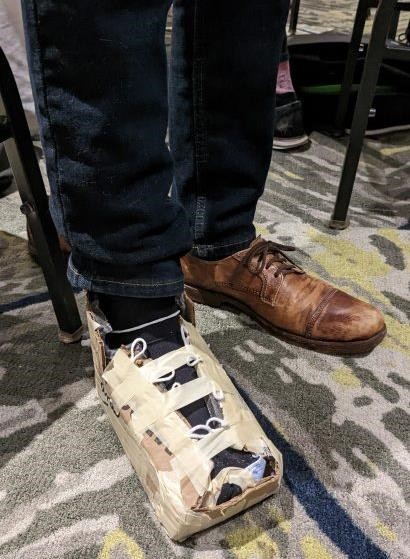
Presentations at Research Canada’s 2023 Annual General Meeting will delve into antimicrobial resistance (AMR), an issue that the World Health Organization has declared as one of the top ten global public health threats facing humanity.
AMR occurs when infection-causing bacteria, viruses, fungi or parasites no longer respond to antimicrobial medicine, making infections more difficult to treat and increasing the risk of disease spread, illness and death.
More than 11.7 million Canadians live with diabetes and prediabetes. Approximately 15 per cent of people with diabetes develop diabetic foot ulcers (DFU), complications of which can lead to amputation or even death.
DFU often become infected and need to be treated with antibiotics. Frequent antibiotic use contributes to the development of antimicrobial-resistant bacteria. Further, studies have shown that the bacteria infecting DFU are often antimicrobial-resistant.
A team at Skunkworks: Hacking Wounds, an innovation event hosted by Providence Research and St. Paul’s Foundation, in Vancouver, pitched a device that would prevent DFU from forming in the first place and preempt their infection with antimicrobial-resistant bacteria; named Lana, a dynamic offloading shoe.
What are diabetic foot ulcers?
One of the end-stage complications of diabetes is peripheral neuropathy, a reduced or complete lack of ability to feel pain in the feet due to nerve damage. Most of these ulcers occur because of unnoticed foot trauma, commonly caused by poorly fitting footwear that creates areas of high stress or friction. The prevention and treatment of DFU are centered on reducing, or “off-loading,” those areas.
Unfortunately, many current options for this are expensive, difficult to modify, and don’t adapt to changes in foot biomechanics over time.
The solution? Lana.
The team proposed a footwear system named Lana, which means ‘floating’ in Hawaiian, that would minimize friction and pressure while also adapting to changes in foot biomechanics in real time. The system has two main components, the first of which is an interface between the exterior of a compression sock and the interior of a shoe that would reduce friction on the skin.
“The friction aspect was something we were definitely not focusing on in the beginning, but we realized that was actually a key component to the majority of the problem,” says Meg Schwellnus, a biomedical engineering student at the University of British Columbia.
The second is a series of sensors linked with pneumatic air cushions within the shoe. The sensors would map out areas of elevated pressure on the foot, and the cushions would adjust to minimize them in real time. This shoe system would actively prevent trauma to the skin and the formation of DFUs.
The prototype of the device that the team presented during their pitch appeared to be a shoe made of cardboard and tape, but it was more than met the eye. During the prototyping process, John Hwang, a doctor with Fraser Health, and Tanya Bennet, with UBC, brought in air-compression boots that are used to treat ankle fractures, which the team deconstructed and repurposed along with other supplies on hand, like cardboard, to create a functioning prototype.
Research and innovation
Both diabetic foot ulcers and antimicrobial-resistant infections are significant burdens on the healthcare system worldwide and the patients who live with them. Innovative projects and treatments like Lana would help offload those burdens by preventing these foot ulcers from forming in the first place, which eliminates the possibility of subsequent infection with antimicrobial-resistant bacteria.

Providence Research is a Member of Research Canada: An Alliance for Health Discovery and Sponsor of Research Canada’s 18th Annual General Meeting: Fulfilling the Promise of Collaborative Advocacy Leadership. Visit rc-rc.ca to learn more.


